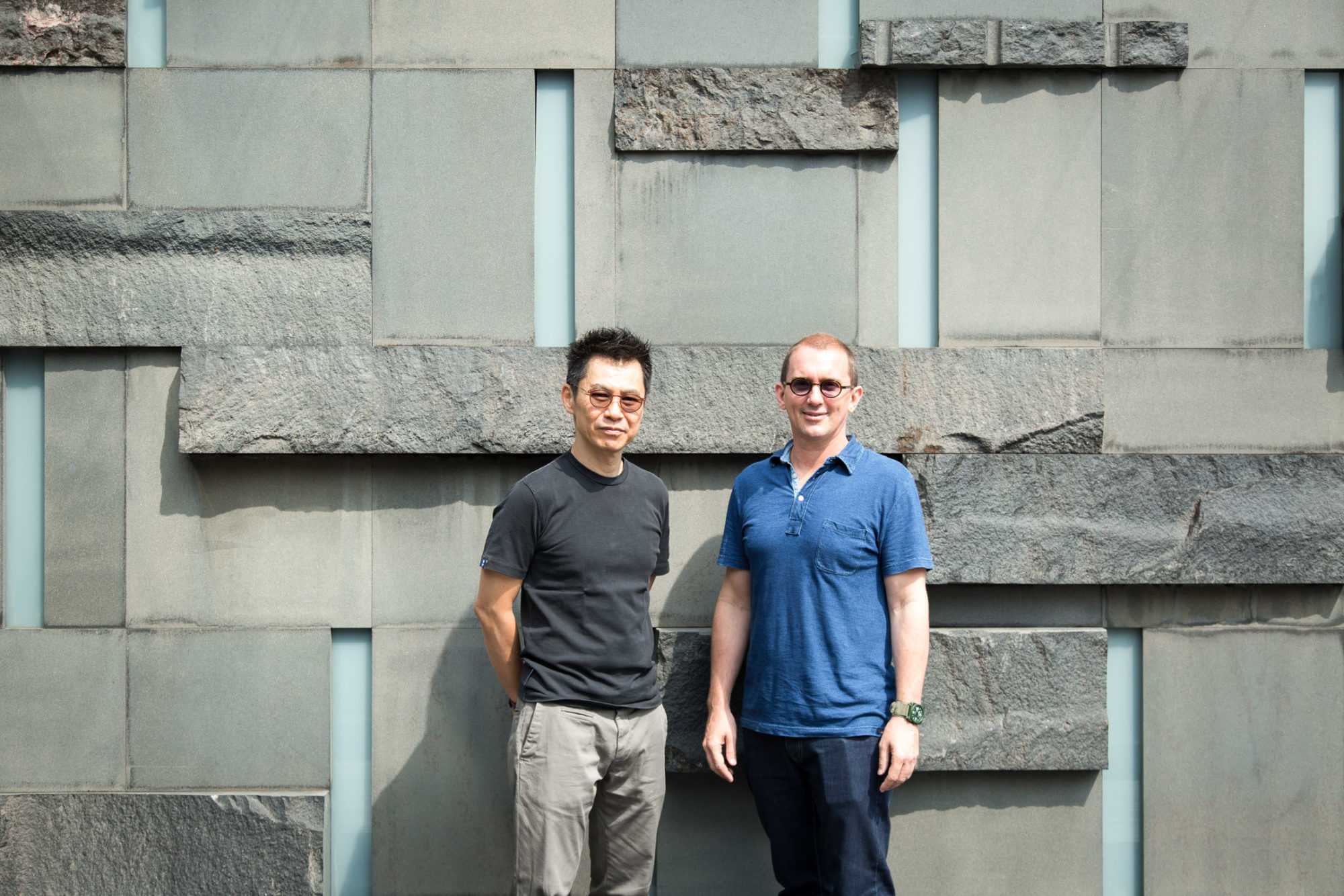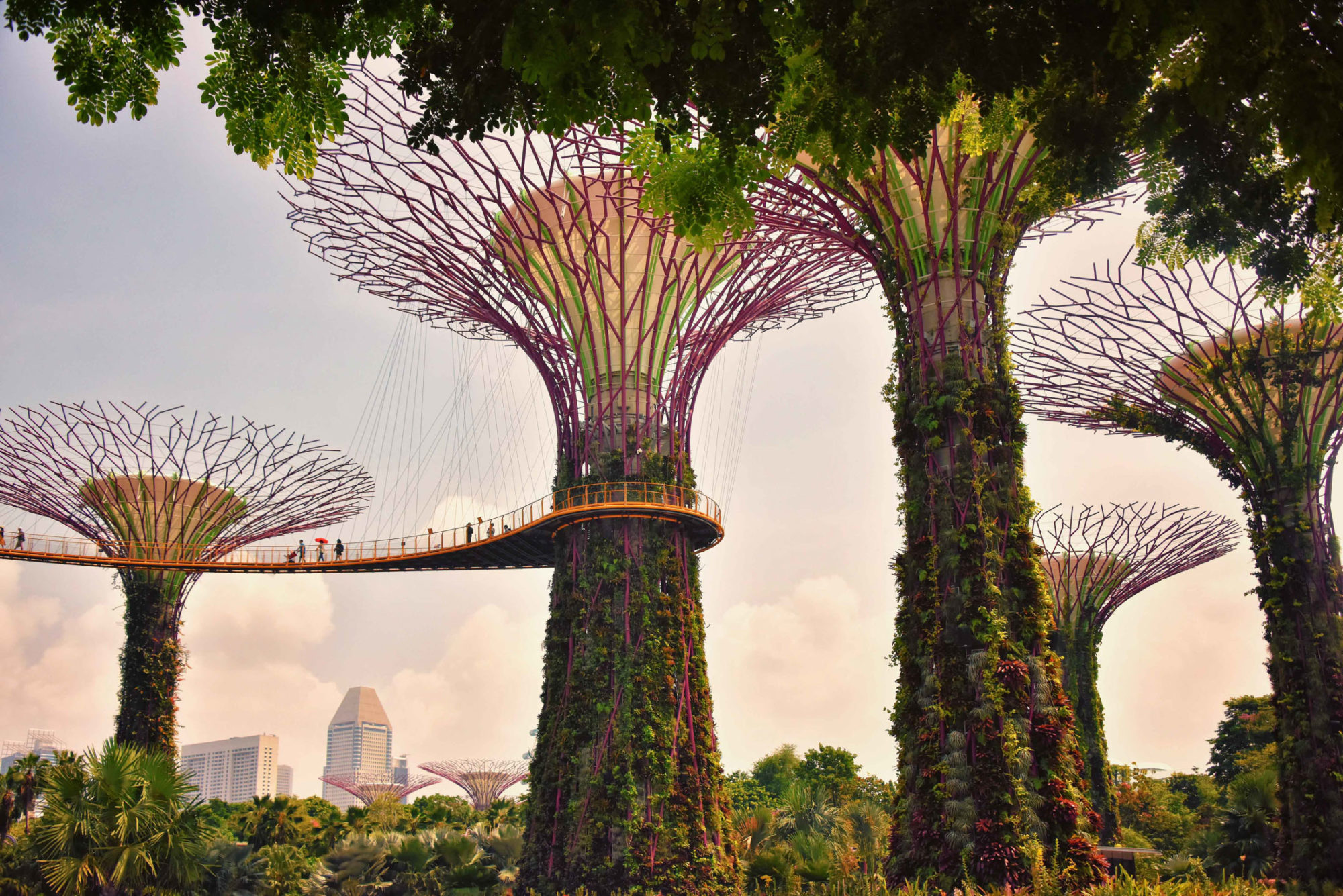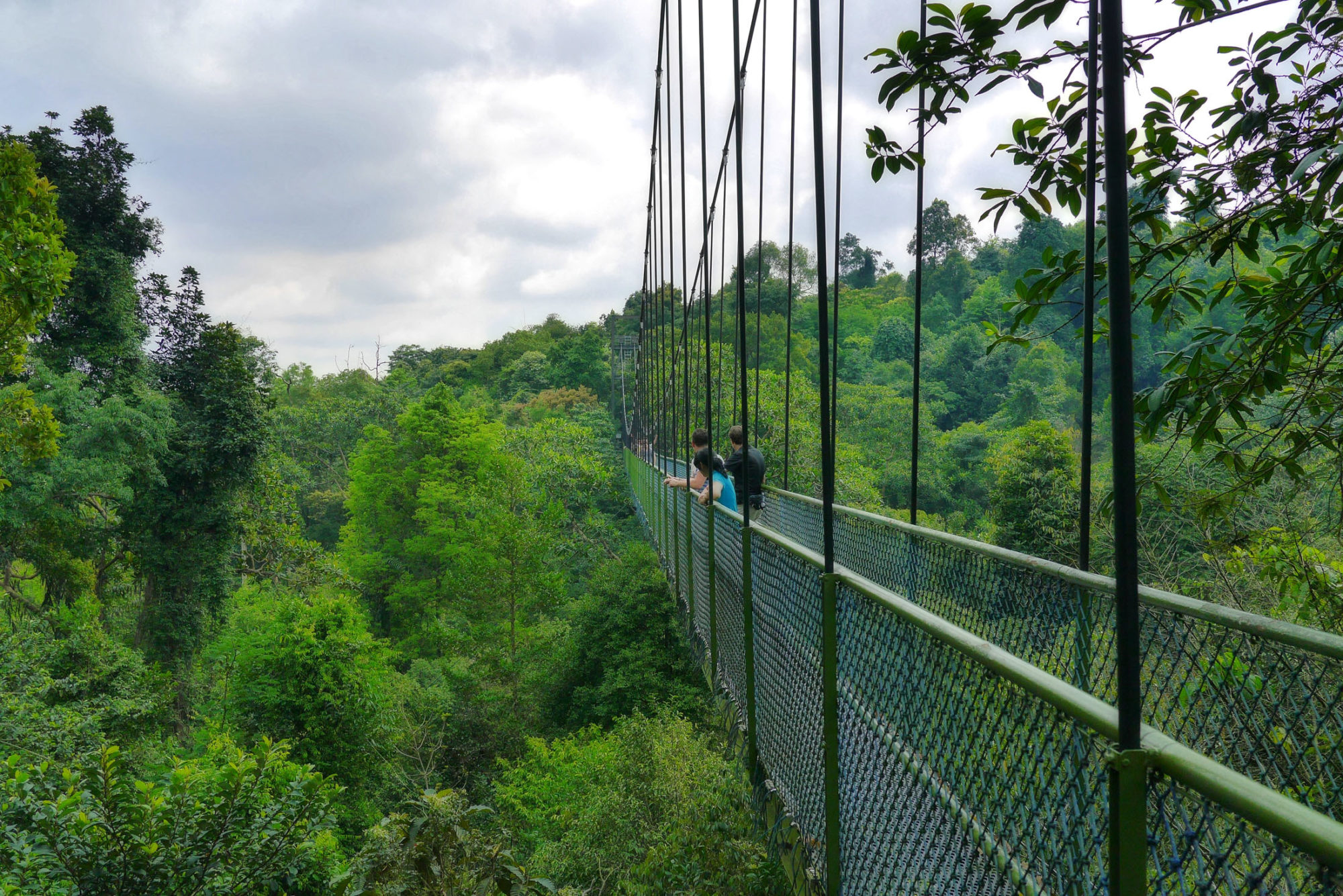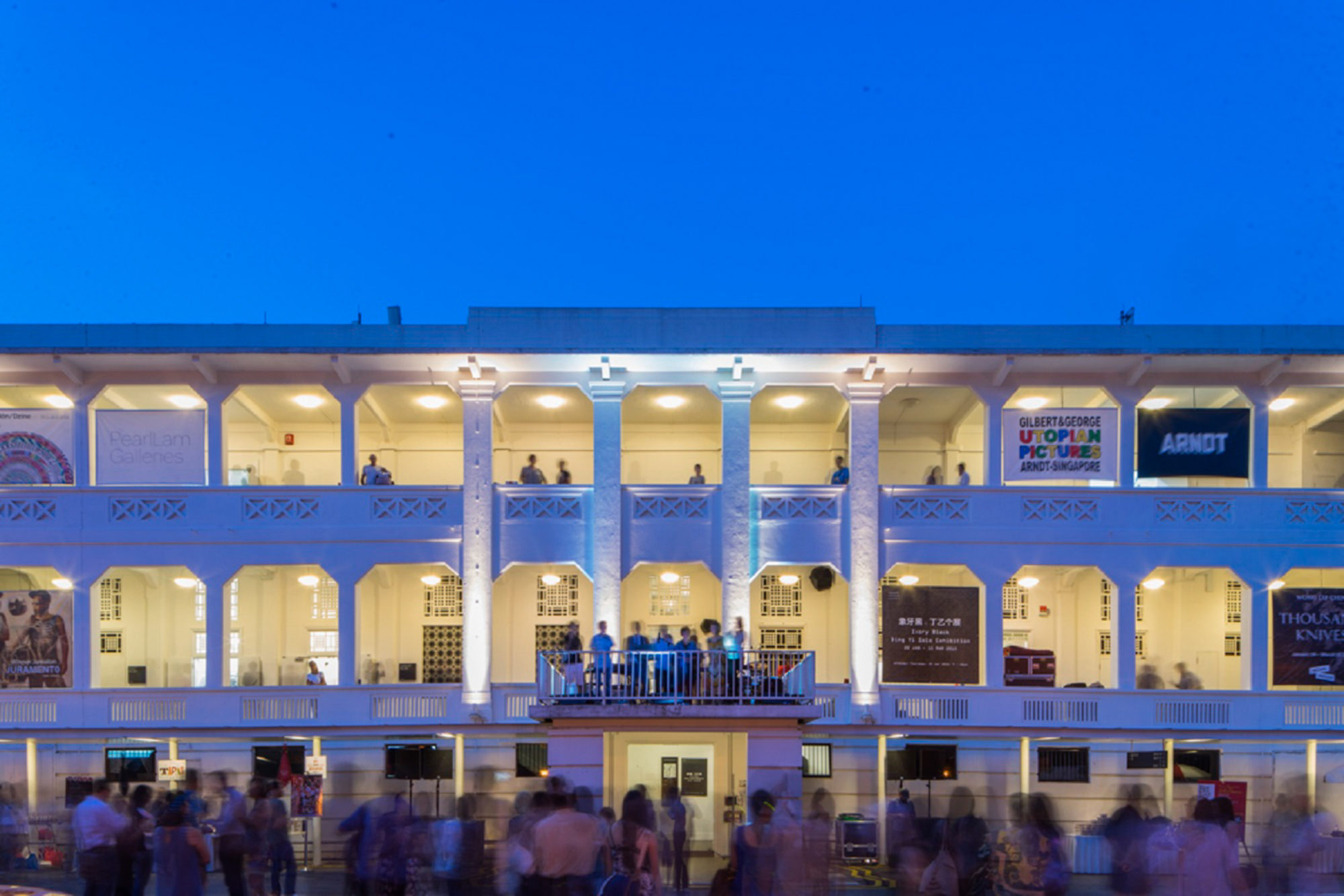Asia’s successful experiment in social and economic planning, Singapore has also proved fertile professional ground for architects Mun Summ Wong and Richard Hassell. The two founding partners of WOHA have realized their dreams for sustainable urban design on the island, a practice that won them recognition as Maison & Objet Asia Designer of the Year 2017. It’s been nearly 30 years since their introduction, a notably meet-cute story. “My aunt had lunch with Kerry Hill’s wife,” recalls Hassell about how he came to work in the Singapore office of the Australian architect behind a number of early Aman resorts. “Mrs. Hill mentioned Kerry needed new recruits, and I needed a job.”
Wong was already on staff at Hill’s office, and the two architects quickly discovered they had almost identical training and academic interests, as well as similar ideas about “designing utility that is also beauty,” says Hassell. While researching Asian vernacular structures and materials for splashy luxury beach resorts such as the Datai, in the Malaysian archipelago of Langkawi, the two bonded over a fascination with what Hassell describes as a “forgotten period of sustainable architecture” in the 1980s, when the global oil crisis gave rise to innovations such as subterranean houses with grass roofs and homes topped with solar panels. After five years, the two left to launch WOHA, the name of which is derived from the initial two letters of their respective surnames.
A Southeast Asian city-state about half as big as Los Angeles with few natural resources, Singapore offered alluring fundamentals to the ambitious duo, namely its small size, rapid growth, and an equatorial climate. These dynamics align well with Wong’s and Hassell’s shared beliefs. They follow Kenneth Frampton’s idea of critical regionalism, which argues for architecture to be modern but geographically and culturally contextual. They are also fans of Sri Lankan architect Geoffrey Bawa’s examination of the holistic connection between inside and outside in tropical living. “So many elements are hard to embody in your designs if you haven’t lived in the tropics,” observes Hassell. “Living here,” Wong says, “you get very attuned to the smallest natural movements that realize larger results.” The thing that distinguishes WOHA is that they’re applying these ideas to skyscrapers.
Spending time with the architects is as much as lesson in environmental design as in the underlying eco-science. Any conversation about their constructions quickly shifts to green-plot ratios and gardening tips. The real-world application can be seen in projects ranging from Singapore’s 36-story Newton Suites, equipped with sky gardens and green walls, to hotels such as the Parkroyal on Pickering and Oasia Hotel Downtown, which have soaring lush aeries. “In Singapore, little is left to nature. The landscape is all managed, created, or in many cases destroyed,” Wong says. “In the Pickering project, we designed a building that is also a bit wild, with a mountain and a grotto.”
These days, the climate is around five degrees warmer than it was in Wong’s childhood because the dense urban development is constantly absorbing the sun and converting it into heat. Plants, Hassell is quick to remind anyone who forgets their grade-school science, turn energy from the sun into water by locking it up in a chemical bond. “If everyone did it,” he says, referring to WOHA’s foliage-cloaked buildings, “the cumulative effect would bring down energy consumption and temperatures measurably.”
And, he might add, fill the skyline with vertiginous gardens.
Wong Mun Summ’s and Richard Hassell’s guide to Singapore




